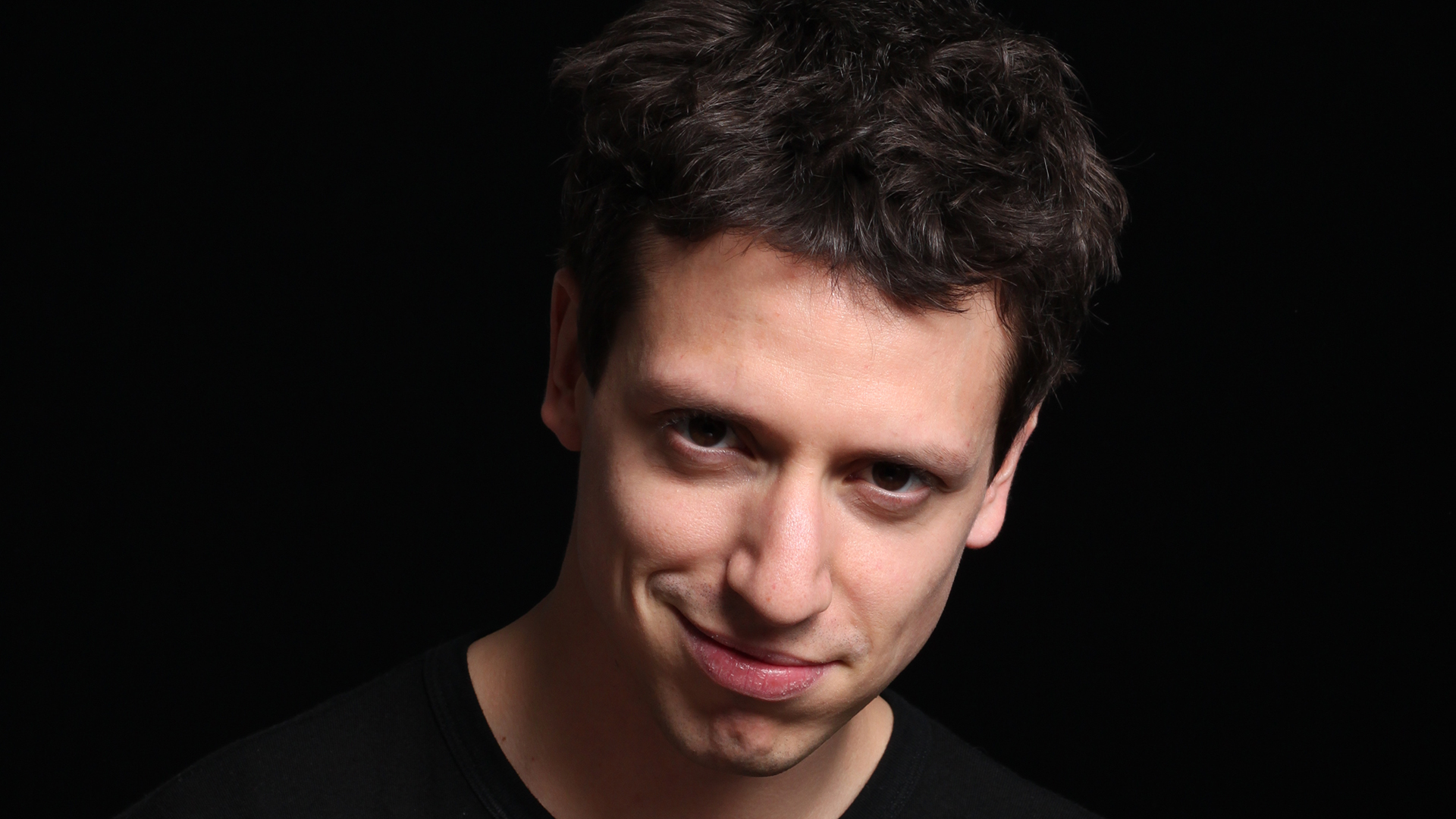The fantasy tales Alice’s Adventures in Wonderland and The Neverending Story are taken for a ride in Unsuk Chin’s musical word game.
The fantasy tales Alice Through the Looking Glass and The Neverending Story are taken for a ride in Unsuk Chin’s musical word game. Letters are joined together, and words are broken apart, read backwards and turned upside down. Seven scenes from the stories of Lewis Carroll and Michael Ende will be interpreted by soprano Sumi Hwang, who won the prestigious Queen Elisabeth Competition in 2014.
While working on his second symphony, Ludwig van Beethoven was, according to one of his students, silent and fierce, often erupting into rages. The composer had been confronted with the fact that the deterioration of his hearing could not be stopped. Despite this, the symphony he was working on does not provide a clue to the difficult stages of the composer’s private life. The work is liberated, vibrant and cheerful; in the words of Hector Berlioz, “this Symphony is smiling throughout.” The concert will be conducted by Paolo Bortolameolli, who was named Associate Conductor of the Los Angeles Philharmonic from the Dudamel Fellowship Program for the most talented young conductors.
Unsuk Chin: Akrostichon-Wortspiel
Born in Korea but living in Germany, Unsuk Chin has been the winner of numerous prestigious prizes and commissions. She made her breakthrough in 1991 with Akrostichon-Wortspiel (Acrostic-Wordplay) for soprano and chamber ensemble commissioned by the Dutch Gaudeamus Foundation. The final version was premiered in London two years later.
“Akrostichon-Wortspiel consists of seven scenes from the fairytales The Endless Story by Michael Ende and Alice Through the Looking Glass by Lewis Carroll,” says Chin. “The selected texts have been worked upon in different ways: sometimes the consonants and vowels have been randomly joined together, other times the words have been read backwards so that the symbolic meaning alone remains. Seven different situations of emotional states, as described in the fairytales, ranging from the bright to the grotesque, are brought to expression.”
Ludwig van Beethoven: Symphony No. 2 in D, Op. 36
In spring 1802, Ludwig van Beethoven (1770–1827) spent a couple of months in the little town of Heiligenstadt just outside Vienna. He was feeling depressed; he knew something was wrong with his hearing, and he even contemplated suicide. It would nevertheless be wrong to assume that his second symphony, completed at the height of his Heiligenstadt crisis, would be a gloomy, desperate work. Quite the opposite: it is bright, optimistic, and often has a touch of devil-may-care humour. Beethoven may, of course, have been drafting the symphony before the doctors made their diagnosis. It was premiered in Vienna in 1803, along with his third piano concerto, the oratorio Christ on the Mount of Olives, and various other works. Its reception was cool; contemporary critics declared it bizarre and shocking, yet it nowadays ranks among Beethoven’s many masterpieces.

